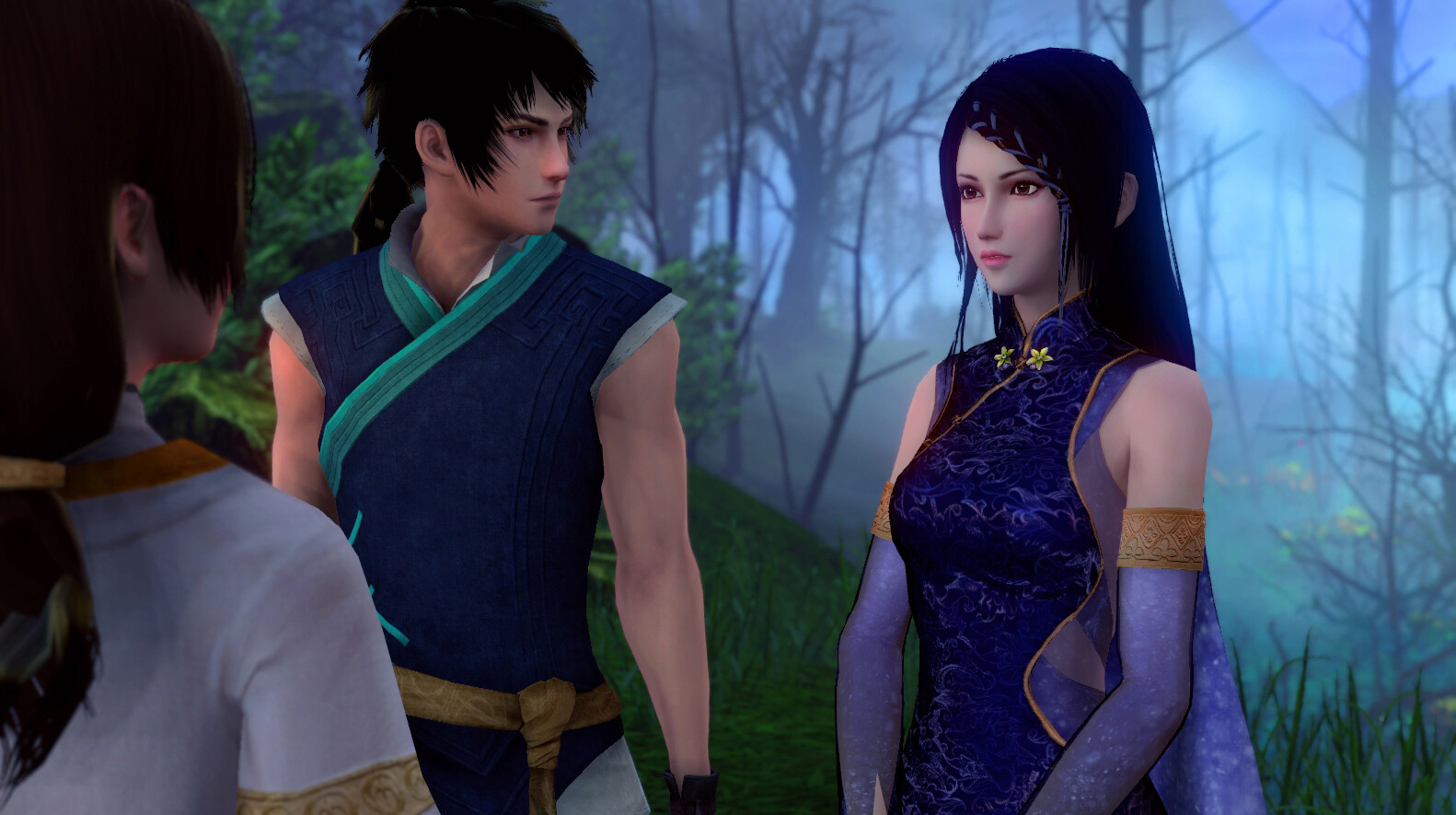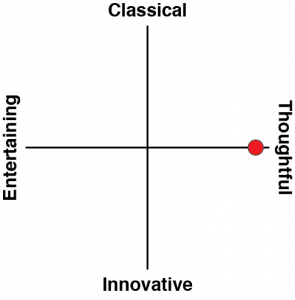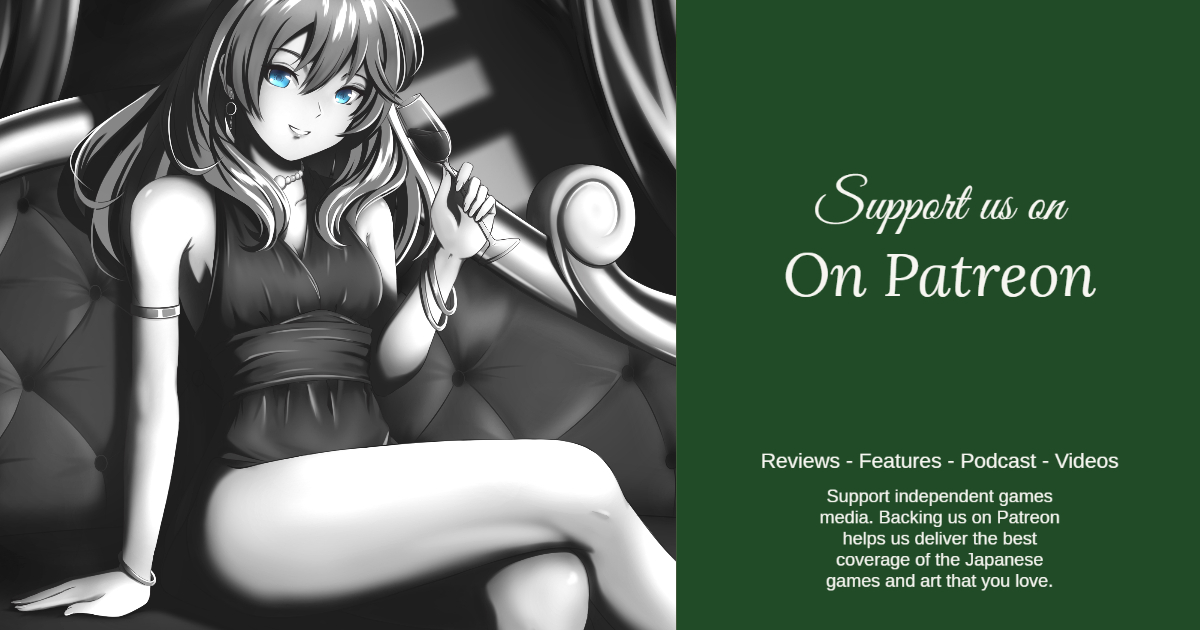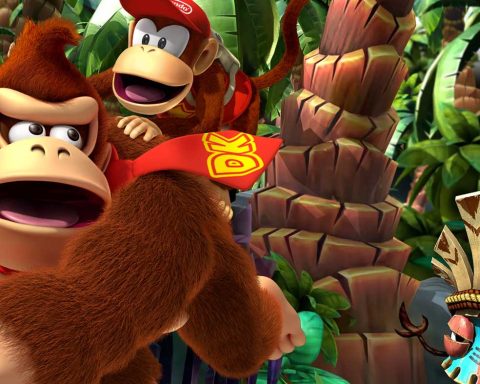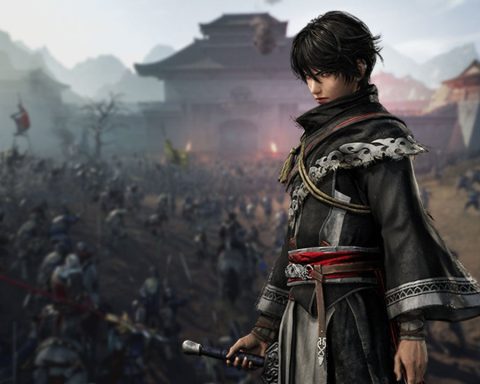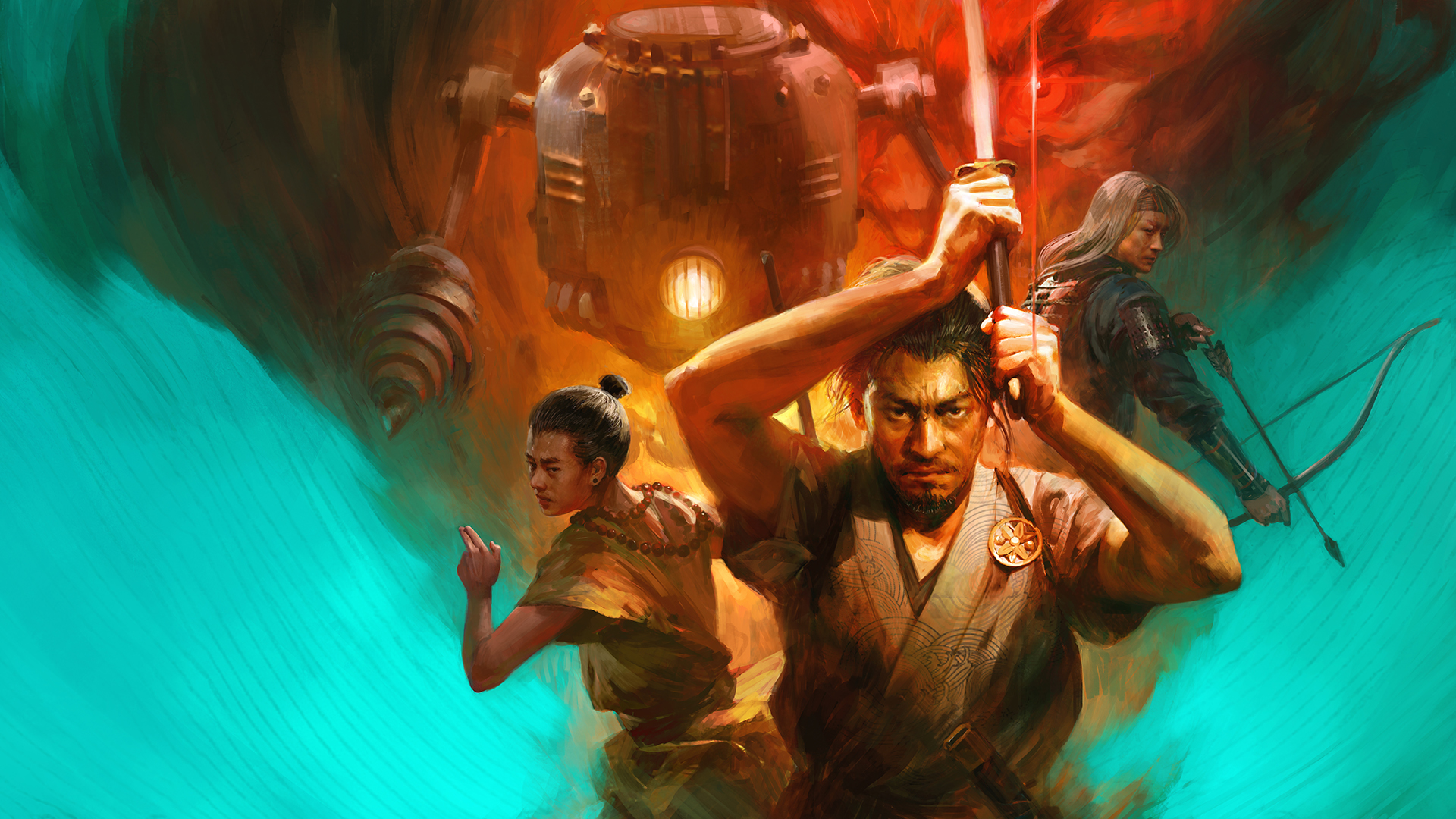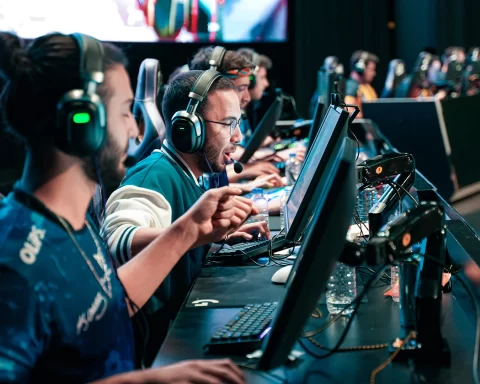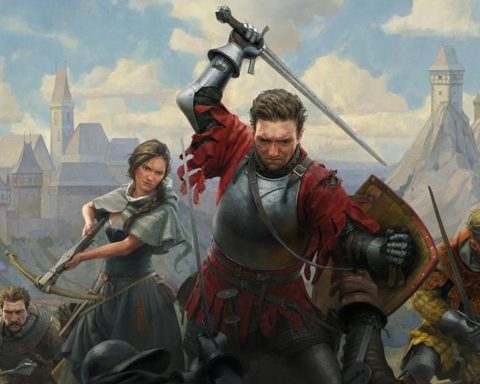Xuan-Yuan Sword: The Gate of Firmament is actually an older title, being an Xbox One and PC release from around six years ago. It’s getting a second lease on life on the PlayStation now, and I’m glad it is because it has given me the excuse to play it after missing it last time. It’s very good, despite having the kind of rough edges that anyone familiar with Softstar games should be aware of at this point.
For those that haven’t played a Xuan-Yuan title before, they’re RPGs from a Taiwanese developer, and are very focused on sharing Chinese thoughts and ideas into its storytelling. This one has some pretty lofty ambitions too, starting modestly with you playing as a town’s guardian, but quickly spinning off into an epic conflict that embroils the heavens and earth and plays on ancient Chinese ideas, such as the Mandate of Heaven.
There’s a lot to like about the narrative. The characters are an interesting bunch, the scenario itself is compelling, and it is always interesting to see how culture affects these stories – we get so many RPGs out of Japan, and Xuan-Yuan Sword titles are, simply, written differently, from a culture that has a different outlook, spirituality, and set of storytelling traditions. People who played Black Myth: Wukong earlier this year might feel that Xuan-Yuan Sword is narratively simiilar, and that is because the spiritual philosophical roots come from a similar place.
It’s also worth noting that, like with most Xuan-Yuan titles, the developers drew inspiration from real history to go with the philosophical and spiritual themes. In this case, the game looks to really, REALLY ancient history, being set in the middle of the Shang Dynasty. That’s around 1300 BC, for those who aren’t so versed in Chinese history. The Shang Dynasty was only the second recognised dynasty in traditional Chinese historiography (the first being the Xia), and is therefore a core part of what would become the Chinese identity. This identity was really developed during this period. I’m not nearly enough of a historian to talk about how well this game does with that material, but if you’re searching for an explanation for why the storytelling texture is so different from your typical JRPG, this is why.
What is unfortunate is the localisation, which is very rough. This will not be news to people who have played Softstar games in the past. Various entries of Sword and Fairy and the Richman board games have required a high tolerance for a very quick-and-dirty localisation effort, complete with poor spelling, grammar, and a very unrefined use of language that comes across as entirely unnatural. What is disappointing is that EastAsiaSoft handled this new release of Gate of Firmament, and EAS has previously done an incredible job touching up the language to make the game more comfortably natural in tone. I’ve played Xuan-Yuan Sword 7 both before and after EAS worked on the localisation and the experience was substantially different (for the better). I don’t know what the original Xbox One localisation was like, but if EAS did do a “clean up” with Gate of Firmament, they still left it far behind what they are capable of.
Thankfully the core narrative is compelling enough that you’ll still want to puzzle through the localisation quirks, and this is backed up with a grand adventure right across mythical China. Take the combat, for example: At first it seems like Gate of Firmament’s combat system is quite shallow and clunky. You’re in control of a single character, with a small range of combat abilities, and the action combat system lacks impact, feedback, or interesting enemy design. But all of that changes as you start adding additional characters, each with their own abilities, and you need to begin fluidly cycling between them to gear up to the big super attacks.
What initially seems like a shallow button masher becomes strategic and engaging, and this is further supported when the game’s cute animal mascot joins you. He’s a baby wild boar, and ends up fused with a spirit that allows him to carry a little urn around on his back and help you by capturing and summoning monsters to help fight in battle. In practice it’s simpler than Pokémon or Shin Megami Tensei, but it adds an additional nuance to the combat (and Aqi is an adorable little piggy).
The presentation also helps make Gate of Firmament immensely appealing. There are moments where it’s clear it was never a production of the standard of a Final Fantasy (Final Fantasy XIII is this game’s closest contemporary). During cut scenes, characters will stand around stiffly and at times not even look at the character they’re talking to, and in combat there are all kinds of clipping issues or instances of special effects going off even though the character isn’t doing an attack. Still, the art direction is utterly gorgeous. The world has a sense of scope, the character costuming is intricately detailed and lovely to look at, and while the initial batch of enemies seems rather mundane in style, as the adventure goes on the bestiary will grow on you too. The world isn’t open, but rather split up into a number of linear environments, and I’ve got to say that I miss this approach to RPGs – it’s efficient, clean, and allows you to visit an incredible array of environments efficiently.
Basically, Xuan-Yuan Sword: The Gate of Firmament, is an older game and suffers from a poor localisation, but there’s a heart and soul in it that is so earnest and honest that it’s very easy to forgive the game its transgressions. Whether it’s the mixing of fantasy, spiritual philosophy and some of the most ancient recorded history, or the engaging combat system and stunning art direction it’s easy to get lost in this adventure, and full credit to EastAsiaSoft for giving us a second chance to play it.


